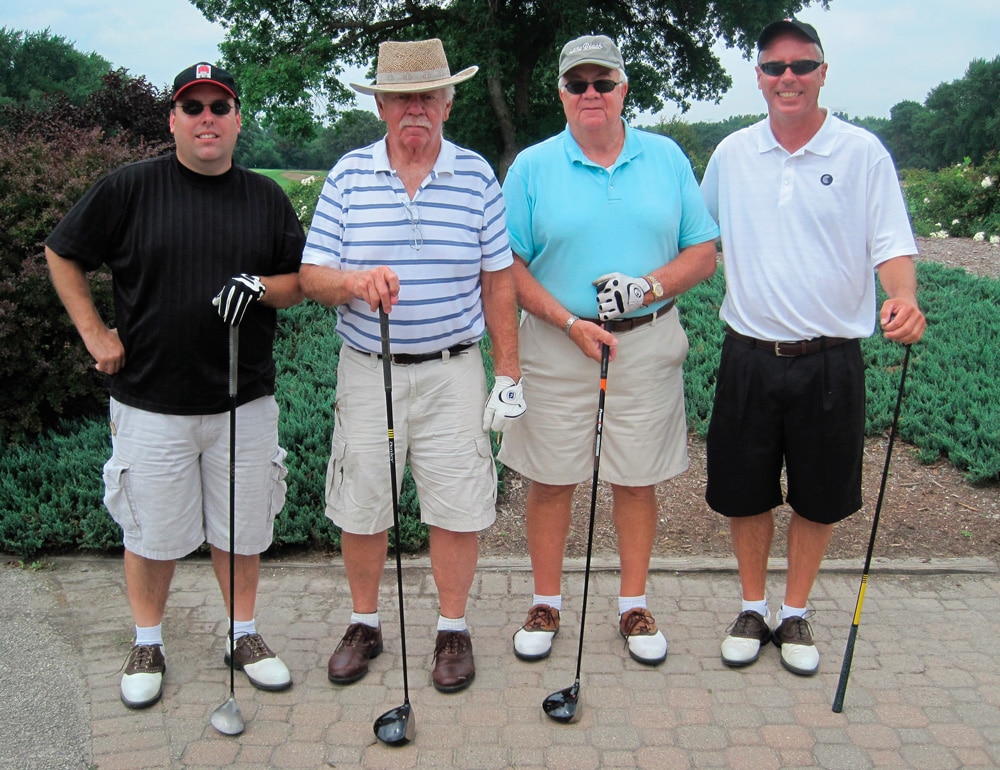Chicago Elevator Association
Aug 1, 2016

Founded in 1911, the Chicago Elevator Association (CEA) is the U.S. industry’s oldest regional association. This distinction is directly tied to the leading role the city has played in vertical transportation. Some claim the development of steel structures as a result of the Great Chicago Fire on October 8-9, 1871, had a lot to do with the rise of the elevator. In 1872, the first practical roped, indirect hydraulic elevator was designed by C.W. Baldwin in Chicago to avoid having to dig a deep hole for the jack. The first traction machine, developed either by Chicago-based companies Montgomery Elevator or Wheeler Elevator, may have been installed in the city. In 1895, Otis installed the first gearless elevator in the Masonic Temple Building, which was the tallest building and had the highest-traveling elevator in the country at the time. For the next 20 years, Chicago would have the nation’s longest-traveling elevators. In 1926, Pitt Engineering Co. installed the first successful parking garage in the Pure Oil Building with Wheeler Elevator geared traction machines, C.J. Anderson controls and St. Louis Fire Door entrances. The city birthed the first independent elevator consultant when Charles Lerch went into business for himself. The John Hancock Center was the first “mini-city” with office, residential and retail space, and the Time-Life Building was the first building to have a double-deck elevator consistently in use. Finally, Chicago had the world’s tallest building in 1884-1890 with the Home Insurance Building and in 1974-1998 with the Sears Tower. These records inspired ELEVATOR WORLD founder William C. Sturgeon to label Chicago the “Crown Jewel of Elevatoring” (EW, May 1992).
The country’s underdeveloped transportation and communication infrastructure before World War II necessitated that U.S. manufacturers be as self-sufficient as possible — often creating complete elevator systems. Over time, the industry became more complex, as manufacturers began to focus on components, and consultants multiplied. Seeing a need for organized camaraderie, regional associations were developed.
The CEA came out of the Chicago Elevator Manufacturers Association. It was founded to develop an ethical standard, share ideas, advance the industry, socialize and promote “just rules and regulations governing the installation and repairing of elevators” (EW, May 1992). Annual dues were US$10, and members were fined US$2.50 for missing a meeting.
Sturgeon claims the subtext in the formation of the association was to create a united front as manufacturers negotiated with the labor movement. Its first dispute came in 1917 with the electricians’ union over electrical work on the elevator. On January 10, 1918, the elevator associations of Chicago and New York City signed a declaration stating they would “recognize the possession and jurisdiction of Elevator Constructors for all work in connection with the installation, adjustment and repair of elevators and support the Constructors in their retaining such possession.”
In July of the next year, the CEA agreed to increase the minimum wage of mechanics from US$0.825 to US$0.925, that of helpers from US$0.55 to US$0.625 and that of “probation men” from US$0.69 to US$0.75. Association members also agreed to provide wiring diagrams and training opportunities for technicians. The CEA has continued this tradition of further education by partnering with the National Association of Elevator Contractors to host two-day seminars that qualify for QEI certification credits. It has also had industry experts speak on various topics. One meeting in 2006 with Zack McCain of McCain Engineering Inc. on maintenance requirements and records based on ASME A17.1a-2005 was so stimulating it went well overtime.
The CEA meets once a month 10 months out of the year — often at the Como Inn ever since it opened in 1925 — and July and August are reserved for annual golf outings and boat cruises.
At these latter events, it has raised as much as US$12,000 at one time for the Elevator Escalator Safety Foundation since its inception in 1991. Last year, the CEA held its inaugural Night at the Races scholarship fundraiser for the children of association members. All memberships are corporate, and there are memberships for contractors and suppliers. Most members are independents, and the association is one of the few in which a supplier can be president.
Past presidents include Elston J. Guarin; Roy Peter Dolan; Gary Schreiber, who died at the young age of 55 in 2013; and Thomas J. “Tom” Jackson, who also passed away at the young age of 66 this year. Other notable officers, past and present, include Sheri Epstein, Tom Sybert, Cornelius Walls and Doug Witham.
Charter Members
- Altizer Elevator
- Elevator Supplies
- Illinois Elevator
- Kaestner & Hecht
- Montgomery
- Otis
- Putt Engineering
- Reliance Elevator
- Wheeler Elevator
- Thompson & Jameson
Get more of Elevator World. Sign up for our free e-newsletter.







